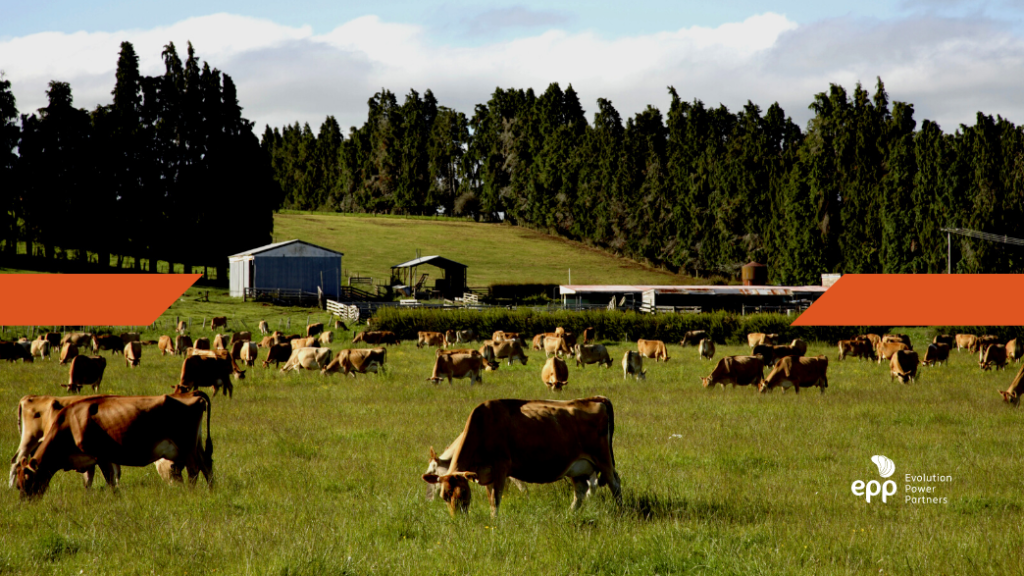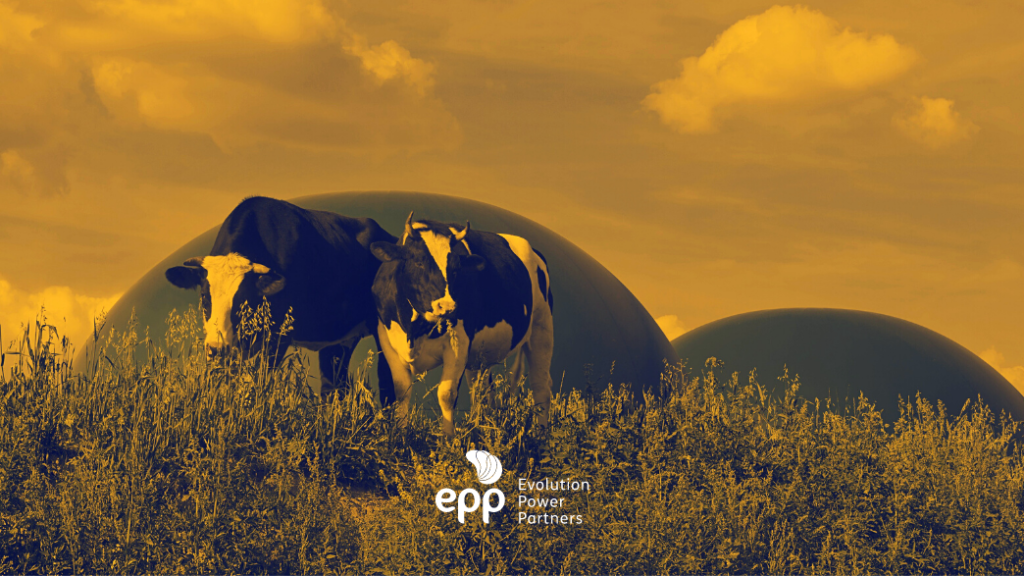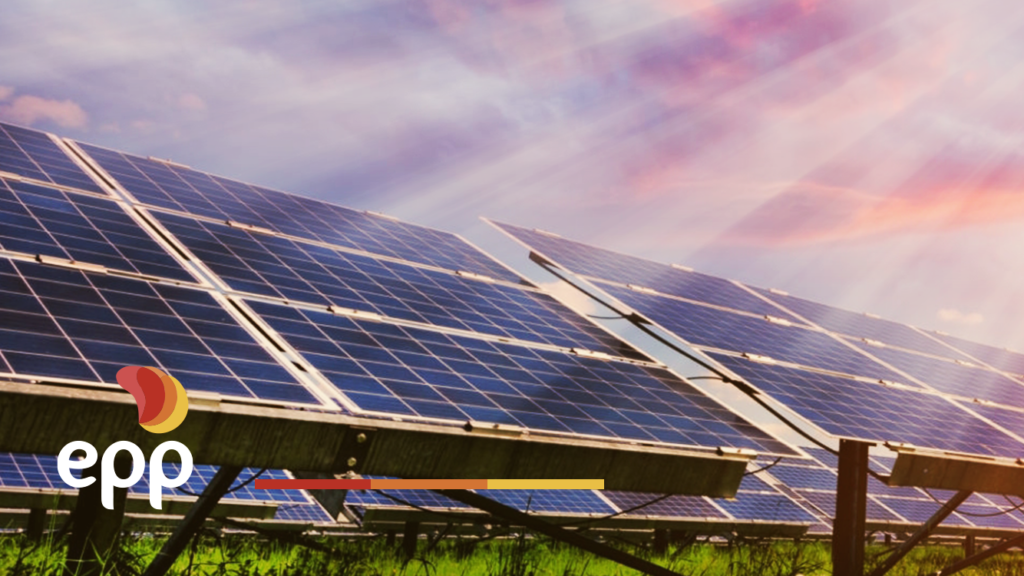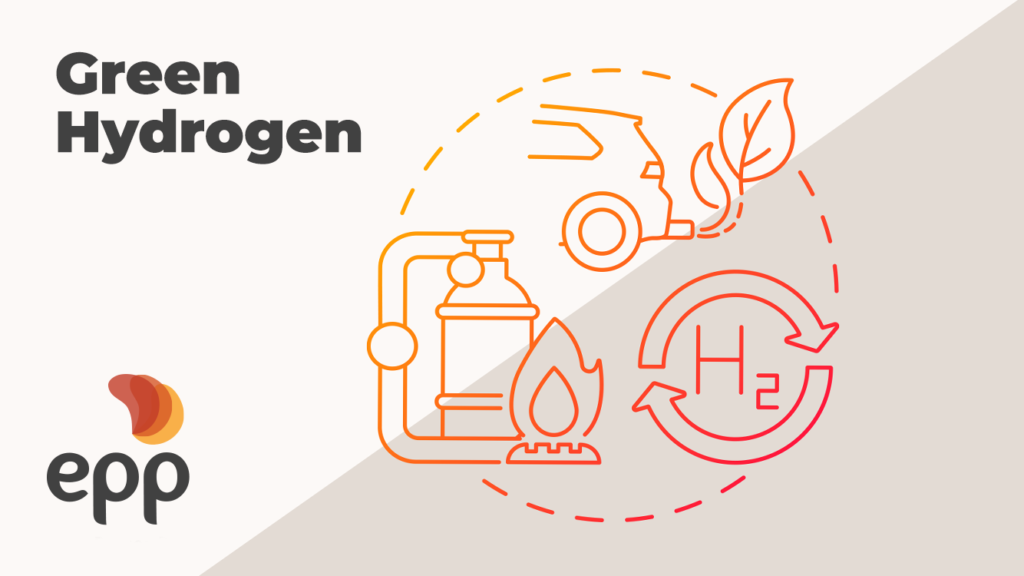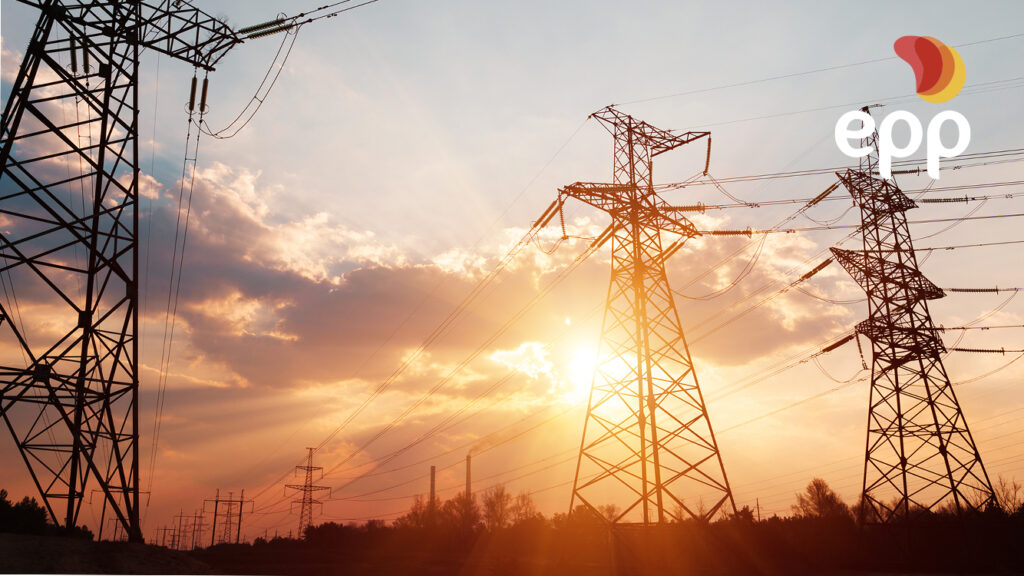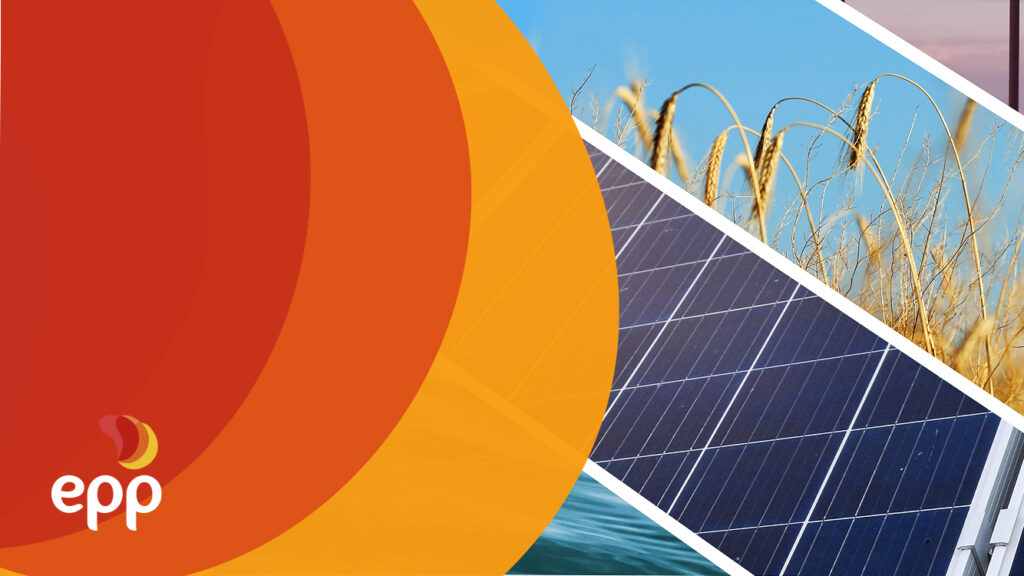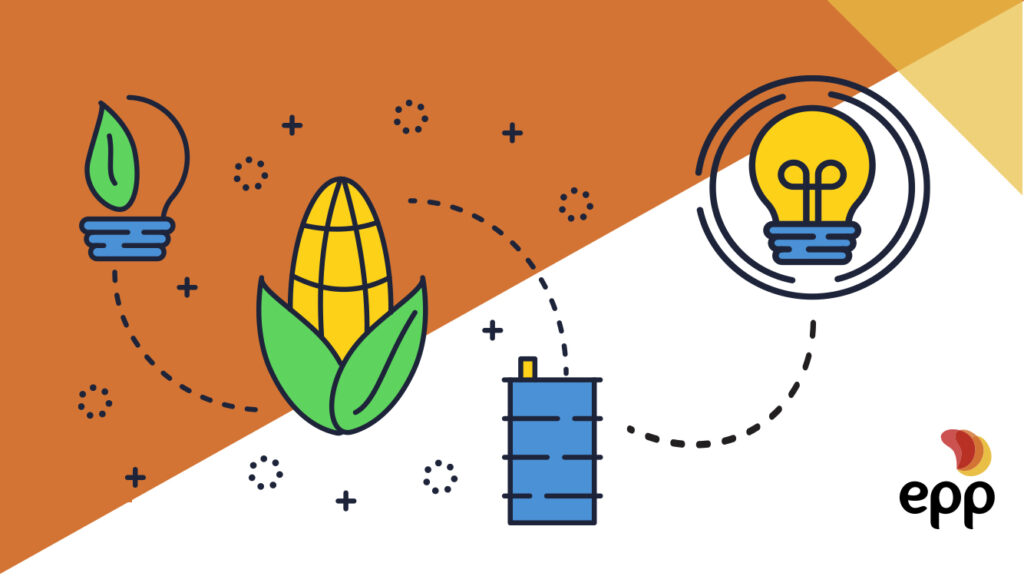The national electric matrix is formed by 82.9% of clean energy, such as hydroelectric, biomass and solar energy, while the global average is 26.7%.
According to the Ministry of Mines and Energy, Brazil currently has 83% of its matrix originated from clean energy. The share is led by hydroelectric (63.8%), followed by wind (9.3%), biomass and biogas (8.9%) and solar (1.4%). Unlike the global average, Brazil is three times more sustainable than other countries.
Renewable energy sources are wind, solar, hydro and biomass, but despite being sustainable sources, their use still needs to be expanded. How is the use of renewable energy sources in Brazil and in the world? Historically, world energy production has always been based on fossil fuels, such as oil and coal. However, over the decades it was realized that these fuels were finite and that their use caused the greenhouse effect and aggravated global warming.
One of the advantages of biomass energy is that it is a 100% renewable resource and has a low cost and high capacity for using waste. Do you know how biomass energy is produced? Biomass is the term used to define a mass of debris from living or decomposing organisms. It can be of animal or vegetable origin, such as food scraps, fruit peels, wood or by-products of livestock and agriculture.
